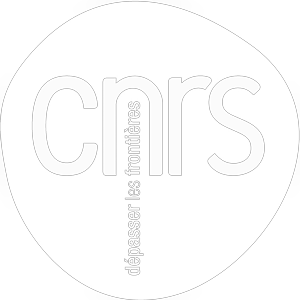Concentrations and Sources of VOCs during wintertime urban pollution at Fairbanks, Alaska
authors
document type
COMMabstract
Fairbanks, Alaska is an urban area that has multiple local emission sources including power plants, domestic heating, and mobile sources, leading to severe wintertime pollution events during cold stable episodes where strong temperature inversions limit pollutant dispersion. In order to evaluate the individual contribution of these sources on Volatile Organic Compounds (VOCs) concentrations, ground-based measurements were carried out at high temporal resolution (2 minutes) using on-line instrumentation (Proton Transfer Reaction Time of Flight Mass Spectrometer: PTR-ToF-MS) during the winter 2022 in downtown Fairbanks as part of the Alaskan Layered Pollution and Chemical Analysis (ALPACA) 2022 field experiment. These measurements are recorded in the urban business district, which probably enhances the traffic component compared to domestic heating. From the detailed analysis of the mass spectra acquired in the 0-500 amu range, more than 330 ions were found of interest for further investigation. Source apportionment analysis was performed using Positive Matrix Factorization (PMF) resolved with the multilinear engine (ME-2) approach. Based on their mass spectral profiles, diurnal cycles and correlation with external collocated measurements (gaseous pollutants: CO, CO2, NOx, SO2, ozone, and specific particulate matter markers), the factors identified could be related to mobile sources (gasoline-like and diesel-like traffic), to heating (residential, diesel-like heating in addition to a couple of specific biomass burning, and to non-combustion sources attributed to secondary processes. This study contributes to the Air Pollution in the Arctic: Climate, Environment and Societies - Alaskan Layered Pollution And Chemical Analysis (PACES-ALPACA) initiative. The French contribution is part of the CASPA (Climate-relevant Aerosol Sources and Processes in the Arctic)/IPEV project.


